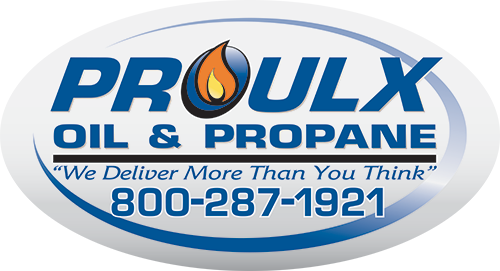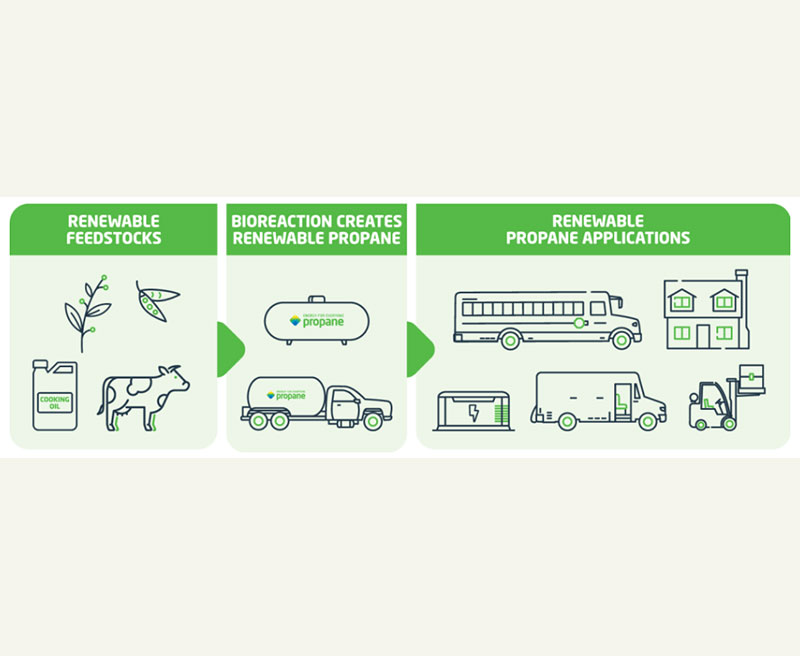Renewable propane is an alternative fuel made from non-petroleum feedstocks such as natural fats, vegetable oils, and various types of grease. It is chemically identical to conventional propane and can be used as a drop-in replacement fuel in all propane applications.
What is renewable propane made from?
The answer is that renewable propane can be made from a variety of renewable feedstocks, such as soybean oil, used cooking oil, and animal tallow.
The most common form today is a byproduct of renewable diesel and sustainable aviation fuel made primarily from animal fats, used cooking oil or vegetable oil.
Producing renewable propane using these feedstocks also cuts the amount of waste intended for landfills.
Also, by using a plant called camelina. Camelina is a drought resistant ground cover that contains oils that are perfect for the production of renewable propane.
How is it different from conventional propane?
The fantastic news is that it is NOT! It’s chemically exactly the same as conventional propane – which isn’t true for products like biodiesel. This means it can drop right into any engine.
It’s really important to talk about this because it means the transition to ultra-low carbon fuels can be done at virtually no cost.
It has a wonderfully low carbon intensity. Carbon intensity is the amount of carbon by weight emitted per unit of energy consumed. The lower the number the better. And listen to these numbers
Renewable propane has a carbon intensity of 21.
Conventional propane has a carbon intensity of 79
Gasoline is 86
Natural Gas is 87
Diesel is 105
And get this –– grid electricity that so many believe is the answer to reducing carbon emissions –– has a carbon intensity of 154!
Now you know why renewable propane a clean energy breakthrough!!
It’s available today. U.S. production capacity across six of the largest refiners is approximately 10.5 million gallons per year. That’s just a start. We’re in the early days of renewable propane production so expect to see a lot more demand for it in the very near future, because…
Innovation is happening today to make renewable propane even more incredible.
By blending renewable propane with, for example, Dimethyl Ether, which is a biodegradable fuel, it becomes what is known as “carbon positive.”
That means on the carbon intensity scale, renewable propane drops from 21 to zero and even below zero depending on the blend –– which feels like science fiction, but it’s science fact!















